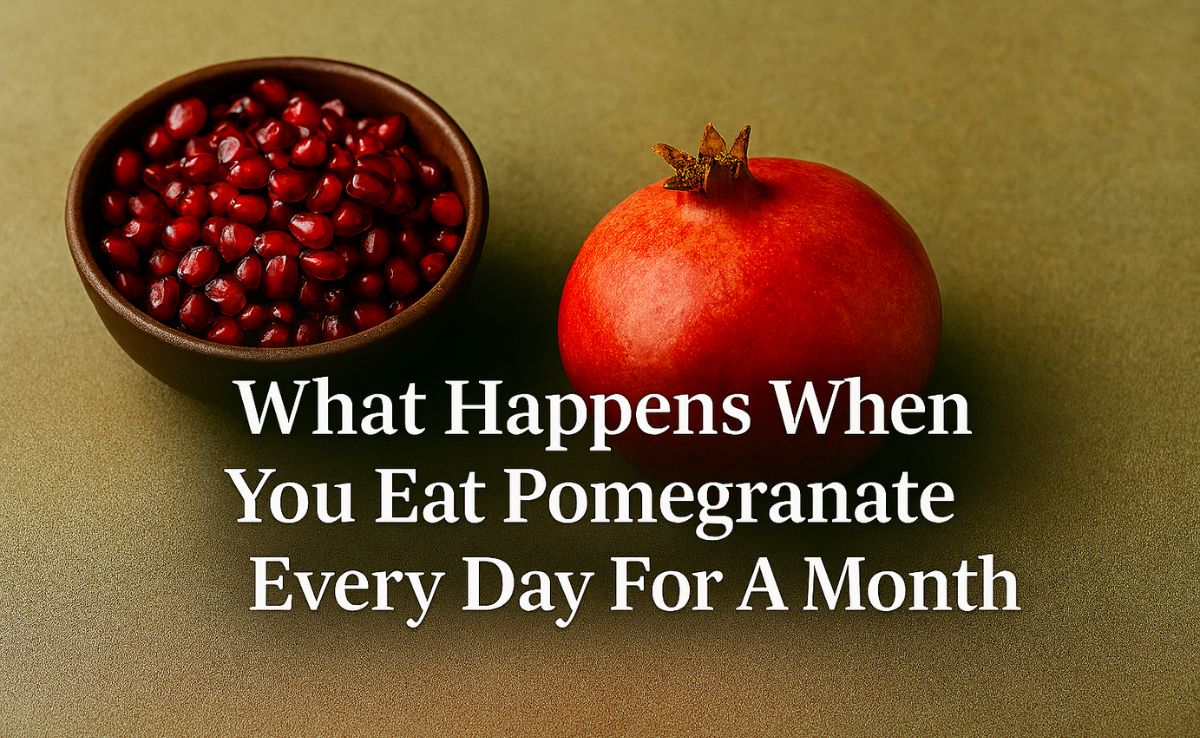Never take bay leaf for granted. Not unless you're clueless about its culinary worth! Bay leaf, the important Indian spice and its subtle, sweet-scented aroma lends a delicate flavour to any dish that it's added to. It's an integral part of Indian cooking and considered to be one of the oldest known spices. Yet it remains underrated. I've been fascinated by bay leaf ever since I discovered it between all of my cooking experiments. After that, I used it in almost everything I cooked. In lentils, meat, chicken, mixed Indian vegetables, biryani, pulao, fish curry and even in my masala tea. I can't stress enough on how well it enhances the flavor of whatever it's added to. Its absence can make as much of a difference as its presence. That delicate fragrance, which is somewhat reminiscent of a light floral scent, gives any dish an extra punch. In non-vegetarian preparations, it adds a distinct flavour, as if summing up the overall quality and flavor of the dish. In masala tea, the flavour of bay leaf blends with ginger, clove, cinnamon and fennel (saunf) to make the aroma more inviting. I usually bruise the leaves first to bring out the flavour. You can bruise the leaves by using a mixer or pestle to crush them to bits. Like every standard Indian kitchen, I have a stock of bay leaves that I replenish regularly but my stock comes from Manipur. Every visit takes me to the local market where locals sell heaps of them at throw-away price. It's not that they aren't valued, it's just that they are found in plenty and are priced at only Rs.10 for a big bunch that could last you for months.
In Delhi, a packet of dried and fragrance-deprived bay leaves cost anywhere between Rs.45 and Rs.50. I immediately junked those in the dustbin and never bought them again. I have discovered that bay leaf, like cinnamon, is one of the one the most versatile spices in the kitchen. The pungency of just a single organic fresh bay leaf could easily equal seven leaves that you get in Delhi. (Why cinnamon is good for you?)
How to use bay leaf? The best way to use this spice is to let it dry first as this way the aroma is stronger. Allow the fresh leaves to dry by wrapping them in an old newspaper and putting them away in an airtight container. Just as bay leaf is an important ingredient for Indian cooking, it also occupies an important place in Mediterranean cuisine. You will find it in soups, braises and even delicate pate as it gives them that something extra. (Storecupboard challenge: Bay leaves) Bay leaf is believed to be a native of Asia Minor (the majority of the Republic of Turkey) but can also be found in areas around the Mediterranean. It strives best in warmer climate and you may find it in places like France, Belgium, Italy, Central America, North America and of course, India. But because of the climatic and soil conditions, the textures of the leaves and flavours can be slightly different in each place. Even the leaves found in India vary distinctively. I made a comparative observation between the leaves that I get from Manipur and those that I pick up from other food stores. The ones from Manipur are smaller in shape but sharper in flavour.
While the dried and packed ones that I pick up from the food stores in Delhi have broader leaves, they lack sharpness. But then, I have observed that no two leaves are ever the same in taste or in shape. I remember having cooked a meal in a hotel consisting of Northeastern food for a large gathering in Durban. Much before my arrival, I had given a list of ingredients that could be locally sourced. When bay leaves arrived in a big packet, I could hardly recognize them. They looked so different. They were mostly broad, pale and brown. And when they were added to the dish, they had very little impact. They clearly lacked that aromatic scent. Even when I bruised the leaves, they had little or no aroma. This confirmed my belief that it's not where the bay leaves grow that affect the taste, but it's the climate and soil that determines flavour and the appearance. The usage of bay leave is universal. During the time I spent in Manila, my guide introduced me to their favourite local dish 'Adobo' which is made with either pork or chicken. It is first marinated in vinegar, soya sauce, and garlic, browned in oil and finally simmered in the marinade. It's a special dish that gets its flavour from vinegar, crushed garlic, bay leaves and black peppercorns. The bay leaves are smaller is size as compared to the ones I saw in Durban but a lot more pungent in flavour. The local vegetable market sells bunches of the green leaves at a very low price.
The ancient Greeks and Romans may be remembered in history for their crowns which were made of bay leaves that symbolized them as high achievers. Bay leaf may have been regarded as a symbolic gesture in their social life, but also as an important herb in their kitchen. Bay leaf is considered the iron of Italian cooking. So, you'll find it in their soups, fish, meat and even pasta dishes. First, they flavour their dish with the leaves and then remove them before serving. So, it's used only to impart the delicate flavour. On the contrary, in India we serve the bay leaf and don't always take it out. It's interesting how celebrated chef Manish Mehrotra, chef of Indian Accent who's known for his cutting-edge food presentation plays around with this spice. He uses whole leaves as a base for his presentation. Not only do they look good but that fact that it's a spice also makes it interesting. As for his cooking, he uses it when braising meat as he puts it in the stock to give a fuller flavour.
When Ravitej Nath, executive chef of The Oberoi, Gurgaon, puts his hands on Indian dishes it's amazing to watch him play around with this spice. "North Indian cuisine uses bay leaves extensively and I like to use it generously while preparing biryani and korma," he says. At Amaranta, the popular fine-dining restaurant for coastal cuisine, there are dishes which are defined by the marked presence of bay leaf. Thiralli, for instance is a dessert prepared with fresh bay leaves. This is from the Konganadu region of Tamil Nadu. The in-house chef Gobu Kumar, a specialist from the region and has done extensive a research in the area and introduces the usage of this spice. Traditionally, like any other spices, bay leaf too is used for its medicinal values. When boiled in water, it is good to drink to combat cold. It is also good source of Vitamin-C and a natural source of antioxidants. Thus, to imagine that bay leaves are not just flavour-enhancing spices but laden with vitamins, there's never abandoning this spice from my cooking. Far, far from its culinary usage, there is a quaint and ancient belief about bay leaf. That, if one writes a wish on a dried bay leaf and burn it, wishes come true. Clearly, for all purposes, bay leaf is here to stay. Disclaimer: The opinions expressed within this article are the personal opinions of the author. NDTV is not responsible for the accuracy, completeness, suitability, or validity of any information on this article. All information is provided on an as-is basis. The information, facts or opinions appearing in the article do not reflect the views of NDTV and NDTV does not assume any responsibility or liability for the same.







